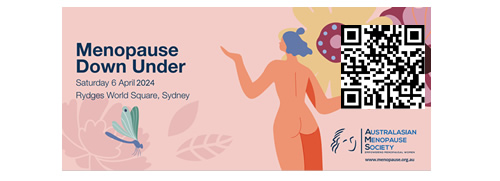February 4, 2013
New guidelines published in the Medical Journal of Australia's open access journal (MJA OPEN) reveal calcium, vitamin D and exercise are the key to Australia's bone health.
'Building Healthy Bones Throughout Life: an evidence informed strategy to prevent osteoporosis in Australia' presents key recommendations for different stages of life.
This 18 month body of work has culminated in today's publication of key guidelines that are essential to the bone health of all Australians. Instigated by Osteoporosis Australia, and commenced with a national summit, over 100 leading experts, from a range of disciplines, had the opportunity to analyse and critique evidence specific to bone health and prevention strategies.
The nation's bone health needs addressing as 1.2 million Australians have osteoporosis and 6.3 million have osteopenia (low bone density)*. Over 80,000 Australians suffer minimal trauma fractures each year.**
Professor Peter Ebeling, Medical Director of Osteoporosis Australia and lead author on the paper said "When we look at optimising bone health, we must look at the whole life cycle and extensive research gives us clear directions on what is required at different ages."
"This paper clearly identifies the central role a combination of adequate calcium, vitamin D and exercise provides at all life stages, to improve our nation's bone health," said Prof Ebeling.
"The clear message today is we have an opportunity to make a difference to bone health for all Australians. We have the tools, but we now have to use them all. Our call is to both the public and general practitioners to focus more attention on bone health."






